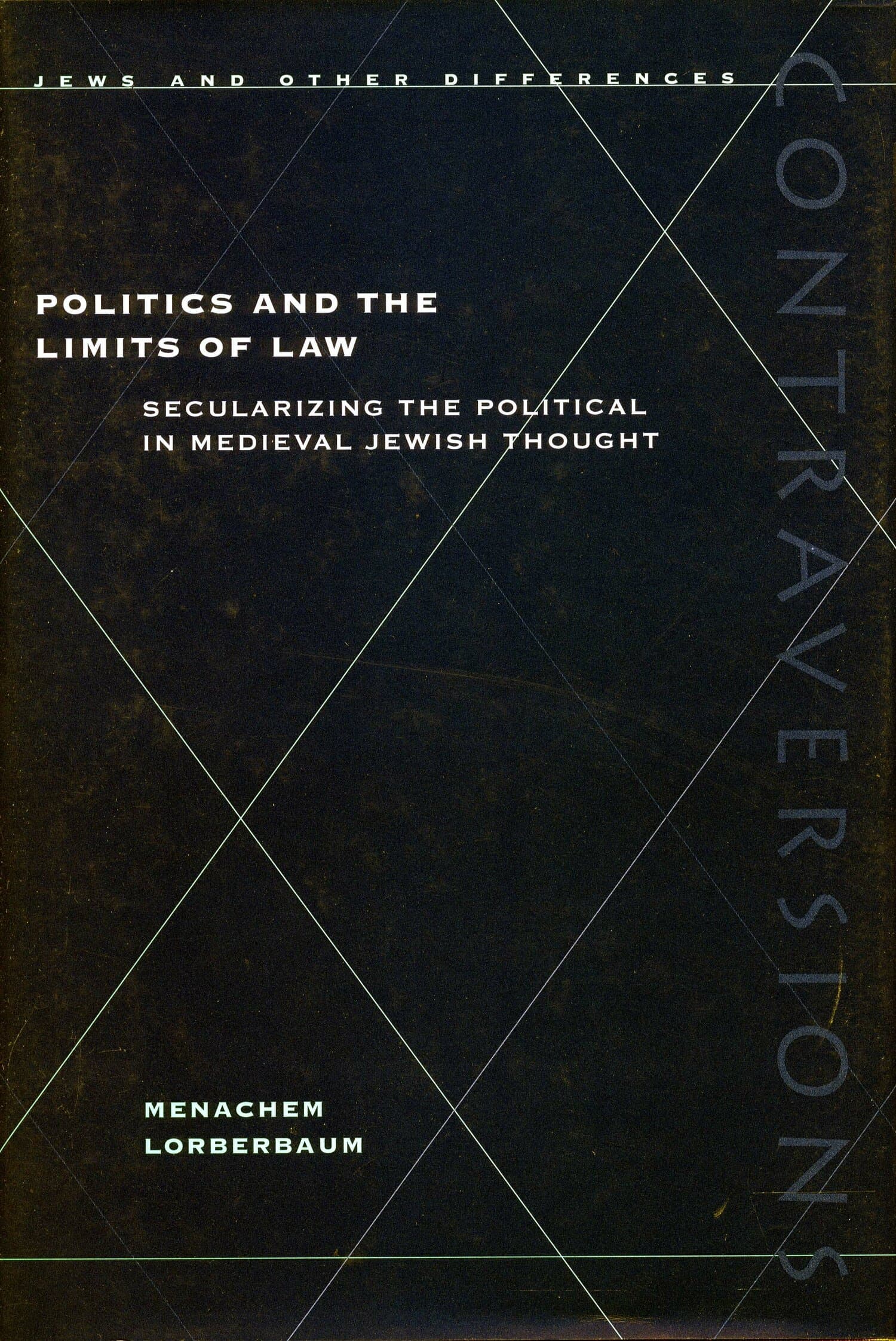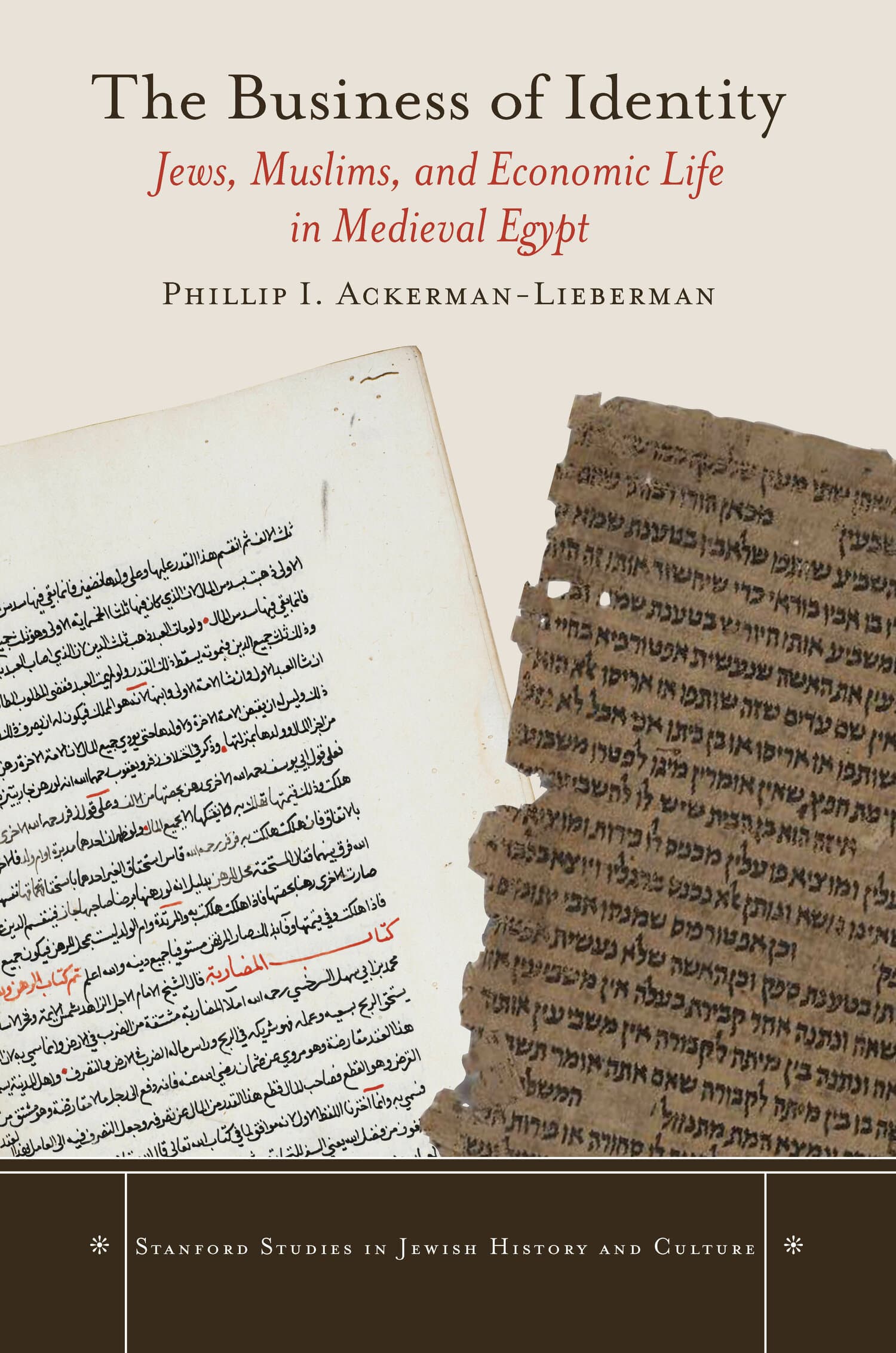The Guide to the Perplexed
Also Available from

A landmark new translation of the most significant text in medieval Jewish thought.
Written in Arabic and completed around 1190, the Guide to the Perplexed is among the most powerful and influential living texts in Jewish philosophy, a masterwork navigating the straits between religion and science, logic and revelation. The author, Rabbi Moses ben Maimon, commonly known as Maimonides or as Rambam, was a Sephardi Jewish philosopher, jurist, and physician. He wrote his Guide in the form of a letter to a disciple. But the perplexity it aimed to cure might strike anyone who sought to square logic, mathematics, and the sciences with biblical and rabbinic traditions. In this new translation by philosopher Lenn E. Goodman and historian Phillip I. Lieberman, Maimonides' warm, conversational voice and clear explanatory language come through as never before in English.
Maimonides knew well the challenges facing serious inquirers at the confluence of the two great streams of thought and learning that Arabic writers labeled 'aql and naql, reason and tradition. The aim of the Guide, he wrote, is to probe the mysteries of physics and metaphysics. But mysteries, to Maimonides, were not conundrums to be celebrated for their obscurity. They were problems to be solved.
Maimonides' methods and insights resonate throughout the work of later Jewish thinkers, rationalists, and mystics, and in the work of philosophers like Thomas Aquinas, Spinoza, Leibniz, and Newton. The Guide continues to inspire inquiry, discovery, and vigorous debate among philosophers, theologians, and lay readers today. Goodman and Lieberman's extensive and detailed commentary provides readers with historical context and philosophical enlightenment, giving generous access to the nuances, complexities, and profundities of what is widely agreed to be the most significant textual monument of medieval Jewish thought, a work that still offers a key to those who hope to harmonize religious commitments and scientific understanding.
—Aaron W. Hughes, University of Rochester
"A magnificent scholarly achievement. Synthesizing the vast research about the production, reception, and interpretation of the Guide and displaying profound knowledge of the history of Western philosophy, this highly readable translation enables contemporary readers to wrestle anew with the perplexity at the heart of Jewish philosophy: how to reconcile human reason and divine revelation."
—Hava Tirosh-Samuelson, Arizona State University
"Maimonides' Guide has been a Jewish classic for over 800 years. This new translation by two leading Arabists is not only highly accurate, but also clear, lively and instructive. Its rich notes, with their discussions of the philosophical issues involved, make Maimonides' philosophy, with its many secrets, accessible to a new generation of readers."
—Daniel J. Lasker, Ben-Gurion University of the Negev
"Goodman and Lieberman's translation and commentary sets a new standard for the study of Maimonides. No book presents his masterpiece in a clearer or more thorough manner. Scholarly discussions of Maimonides will be referring to Goodman and Lieberman's contribution for years to come."
—Kenneth Seeskin, Northwestern University
"Goodman and Lieberman's work is a lifetime accomplishment. Had Maimonides himself composed his essay in modern English, he would probably have chosen the style of this version."
—Aharon Maman, The Hebrew University of Jerusalem
"Combining mastery of Arabic and Hebrew with their intimate knowledge of Medieval Jewish and Islamic philosophy, Goodman and Lieberman have produced a fresh, accurate, and readable translation of the original Arabic of Maimonides' masterpiece. This will be a major contribution to Maimonidean scholarship and an indispensable tool for students of the field."
—Paul B. Fenton, Université Paris-Sorbonne
"Goodman and Lieberman see the conversational style as essential to Rambam's pedagogical project. Therefore, they made preserving the fluidity and emotional register of the book a priority in their translation. The result is a text that is a pleasure to read while containing ample citations and commentary to ensure that the careful student does not venture far from the author's original intent."
—Josh Frankel, Lehrhaus
"[I]f someone wants to study Rambam the rabbi who was also a philosopher, in contrast to Rambam the follower of Aristotle (as he understood him) who pretended to be a rabbi, Goodman and Lieberman are your best guides to the Guide."—Menachem Kellner, Tradition
"Goodman and Lieberman's modern and lucid translation with accompanying footnotes is sure to become the standard English translation for the next generation and beyond.... This translation is highly recommended and belongs on the shelf of every comprehensive Jewish library."—David Tesler, Association of Jewish Libraries Reviews
"It is... with celebration and no small measure of relief that we finally welcome a readable, enlightening version of Maimonides's philosophical magnum opus. The Guide to the Perplexed: A New Translation, translated by Lenn Goodman and Phillip Lieberman—a philosopher and a historian, both professors at Vanderbilt University—is little short of a revelation."—J. J. Kimche, First Things
"Untethered by the constraints of strict literalism, this translation prioritizes readability and flow, making Rambam's profound ideas more accessible to a broader audience by presenting the subject matter in a way that resonates with contemporary readers. A welcome contribution to the ongoing study of the Guide, this edition is sure to spur renewed interest and engagement with the timeless classic. The difficulty of reading the Guide is no longer an excuse for putting off reading this seminal work of Torah thought."—Rabbi Shnayor Burton, Jewish Action
"The new and annotated translation of The Guide to the Perplexed by Lenn E. Goodman and Phillip I. Lieberman of Vanderbilt University is a masterpiece and a tour de force. This book is not to be read lightly. It needs to be studied carefully, and kept as a valuable reference."—Raphael Jospe, Jewish Christian Relations




